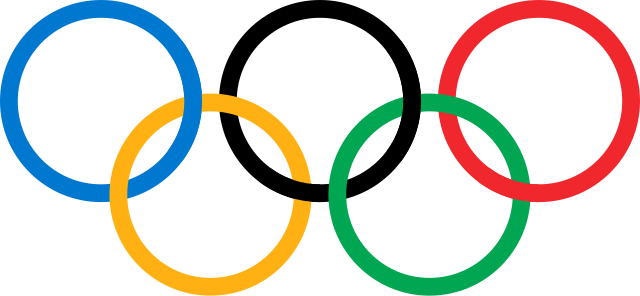Feet of clay: ‘foreign forces’ row over China’s Terracotta Warriors
Silent and enigmatic, China’s emblematic Terracotta Warriors are at the centre of a bitter row, with patriots and scholars dismissing as impossible theories they could have been inspired by Greek sculpture.
The 8,000-man clay army, crafted around 250 BC for the tomb of China?s first emperor Qin Shihuang, is a UNESCO world heritage site, a major tourist draw and a symbol of ancient Chinese artistic and military sophistication in a country that proclaims itself a 5,000-year-old civilisation.
Questioning their origins touches on deep sensitivities, as many take pride in China’s early discovery of world-changing inventions, from gunpowder to the compass and movable type.
At the same time its history with the West is fraught with a sense of humiliation over the colonies and concessions established in the 19th century.
But theories put forward by art historian Lukas Nickel of the University of Vienna ? and trumpeted in a recent documentary by National Geographic and the BBC ? claim that Greek innovations in artistic naturalism, and perhaps even Greek artisans themselves, directly influenced the sculptures.
After the documentary aired earlier this month, netizens blasted the BBC and questioned how the Greeks could have impacted ancient China.
“Couldn?t it be that Chinese people went first to Greece and influenced their sculpture?” one wrote.
At the tomb tourists from across China crammed observation platforms to view the ranks of soldiers, jostling for space to snap selfies against their serious, stony facades as guides briskly narrated the story of their discovery by farmers in the 1970s.
Several visitors were incredulous at theories of foreign influence. Dong Shenghua of Beijing said this was “impossible”, pointing to the Asian features of the statues and the sophistication of the craftsmanship, which is “so good we can?t even make them today”.
“We have 5,000 years of history, how many does England have?” he asked.
Ma Dongling, from Guangxi, said inspiration could not have come from abroad as China was “very innovative” at the time. “The emperor was the first in the world to do this.”
The museum’s lead archaeologist Zhang Weixing was similarly dismissive, saying the materials, technology, and ceramics techniques used for the Warriors were all Chinese.
“To say that the Qin tombs and ancient Greece had contact has no substantial evidence at all,” he told AFP. “It merely exists in the scholar’s conjecture.”
As emperor, he added, Qin Shihuang “not only innovated the terracotta warriors, he also created a series of innovations” including standardised weights and measures, national roads, and a unified currency.
“Who influenced whom, it’s tough to say. Ancient Greek sculpture had already also been influenced by Egypt.”
For evidence Nickel points to historical records suggesting the first Qin emperor made casts of huge bronze statues seen in China’s far west, realistic detailing of muscle and bone on some figures, and the absence of an extensive prior sculptural tradition in China.
Further research could show that foreign empires may have provided a model for the Qin state itself, he told AFP.
“I think it?s perfectly possible that there’s much more influence in thought about statecraft, in how to run an empire, than people have been so far willing to admit.”
He points to the rise of empires in central Asia before the Qin dynasty, with the Achaemenids in Persia followed by Alexander the Great and the Seleucids. “When I look at the map of Eurasia, what the Chinese do fits perfectly in the big picture.”
But basing theories about transmission of cultural ideas on stylistic similarities in objects fails to convince some Chinese scholars, he acknowledged.
“This is an argument that works mainly in Europe and America,” Nickel says. In China, researchers rely more on textual evidence for proof, he said, and so were “very hesitant to believe there were interactions before the mid 2nd century BC, when the Chinese emperor of the Han dynasty sent an envoy to central Asia”.
And the idea of early Sino-Western exchanges threatens to undermine a cornerstone of Chinese identity: the Qin dynasty, while brutal in many respects, with book burnings and executions of literati, laid the foundation for China as a unified nation state that has persisted for two millennia.
“That is the moment when China is being made,” said Nickel, acknowledging the sensitivity of his assertions.
“Saying there is such a link, it always brings up memories of colonialism, of Western domination of East Asia, which is totally understandable.”
Zhang insisted the disagreement was based on academic rigour. “If he was an archaeologist we could discuss this issue,” he said. “Archaeologists put more importance on historical documents and unearthed objects.”
Li Xiuzhen, a fellow scholar at the museum, told AFP that while there may have been cultural contact, that did not imply influence and the warriors were completely Chinese.
“The terracotta army is unique in the world,” she said, and the “creation of the Qin people”.


